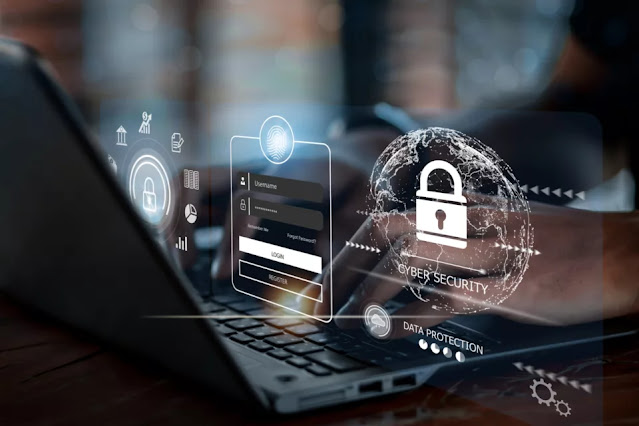In the digital age, browsing the internet has become a ubiquitous part of daily life. From online shopping and social networking to research and entertainment, our reliance on the web is unquestionable. However, this convenience comes at a price: our privacy and security online are under constant threat from cybercriminals, malicious software, and even intrusive corporations. That's why it's more important than ever to engage in secure surfing practices. Below, we break down everything you need to know about safe internet browsing, including essential tips and tools you can use to protect yourself online.
Understanding the Risks
Before you can effectively guard against them, it's important to understand the types of threats that lurk online. Cyber attacks can take many forms, including but not limited to the following:
-
Phishing Attacks : Deceptive efforts aimed at stealing personal information through false pretenses, often through emails or fake websites.
-
Malware : Malicious software designed to harm or exploit any programmable device or network.
-
Identity Theft : When cybercriminals access and use your personal information without permission, often leading to financial loss.
-
Man-in-the-Middle Attacks : When a hacker secretly intercepts and possibly alters the communication between two parties who believe they are directly communicating with each other.
Knowing these risks is the first step potentially securing yourself against them.
Tips for Secure Surfing
To ensure your browsing habits are as safe as possible, implement the following strategies:
Keep Your Software Updated
Always install the latest updates for your operating systems, web browsers, and any browser plugins. These updates often contain critical security fixes that protect you from newly-discovered threats.
Use Strong Passwords & a Password Manager
Create complex, unique passwords for each of your online accounts to prevent unauthorized access. A password manager can help generate and store these passwords securely.
Enable Two-Factor Authentication (2FA)
Wherever possible, activate 2FA for online services. It adds an additional layer of security by requiring a second form of verification (often a code sent to your phone) before accessing your account.
Be Wary of Phishing Emails
Learn how to spot phishing emails. They often contain suspicious links, implausible requests, or grammar errors. When in doubt, contact the company directly through official channels instead of through the email.
Utilize Secure Connections
When browsing online, always look for " HTTPS:// " at the beginning of a web address. This indicates that the website is using secure, encrypted connections to protect your data. For additional protection, consider using a Virtual Private Network (VPN). A VPN encrypts your internet traffic, shielding your browsing from prying eyes, even on public Wi-Fi networks.
Limit Personal Information Online
Be mindful of the information you share on the internet. Think twice before posting or giving out sensitive personal details, even on seemingly secure platforms.
Regularly Review Your Privacy Settings
Regularly check and adjust the privacy settings on social media platforms and other online accounts. Choose the settings that offer maximum privacy and minimal data sharing.
Beware of Free Downloads
Free software and media downloads are often a hotspot for malware. Only download files from reputable sources and ensure you have a trustworthy antivirus program installed and running.
Educate Yourself Continuously
Stay informed about the latest cybersecurity threats and safe internet practices.




0 Comments
Post a Comment